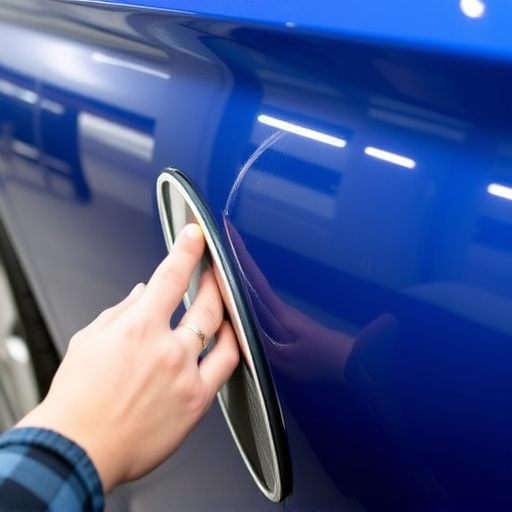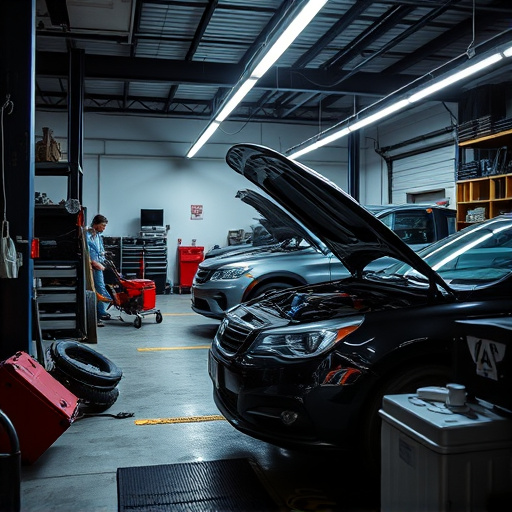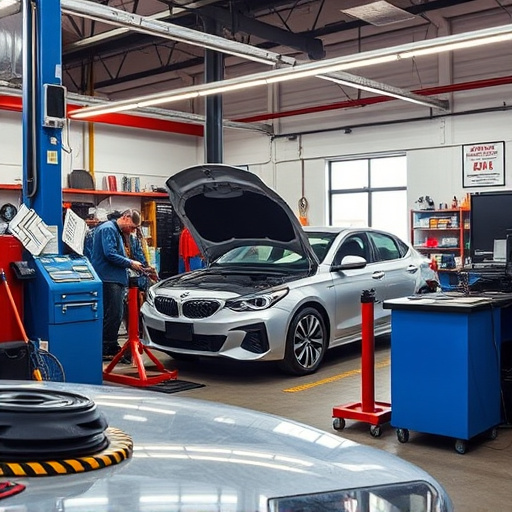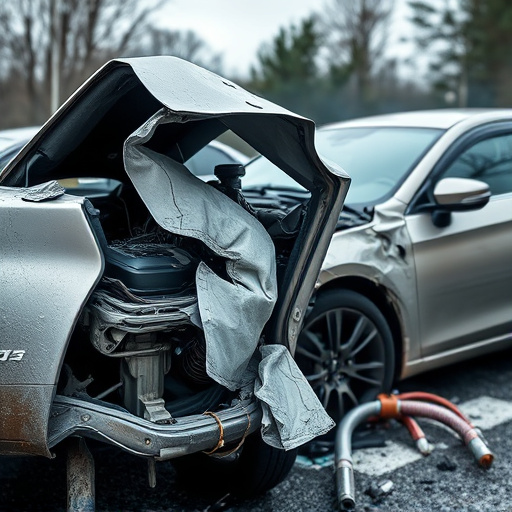Tesla repair scanning is a critical process using specialized tools to extract and analyze data from onboard computer systems via OBD-II port. It reveals operational parameters, sensor readings, and diagnostic codes, enabling early detection of issues like tire or body damage. Scans log detailed information about electrical, mechanical, and structural systems, aiding in precise repairs, accurate estimates, and proactive maintenance for Tesla vehicles. This method identifies safety hazards and performance bottlenecks, streamlining repairs and enhancing vehicle reliability for Tesla owners.
“Uncover the intricacies of Tesla vehicle diagnostics with pre-repair scanning—a game-changer in efficient and precise repairs. This article delves into the process, revealing how it uncovers vital data. We explore what information is captured, focusing on critical components and systems. By understanding the logging and flagging mechanisms, technicians can navigate Tesla’s complex landscape, ensuring optimal repair strategies. Discover how this method enhances service quality and customer satisfaction in the world of Tesla repairs.”
- Uncovering Tesla Vehicle Data: The Scanning Process
- What Information is Captured During Pre-Repair Scans?
- Flagging Critical Issues for Efficient Tesla Repairs
Uncovering Tesla Vehicle Data: The Scanning Process
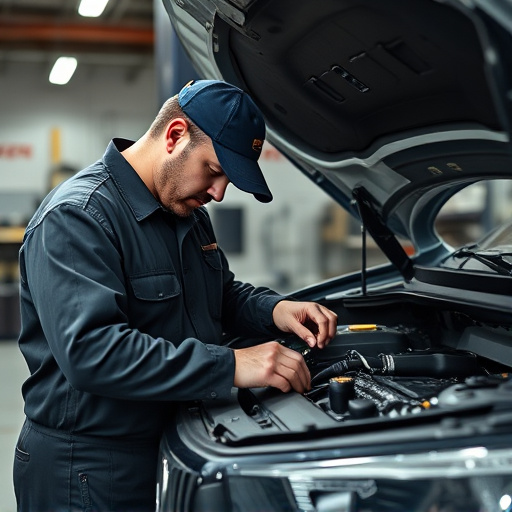
The process of Tesla vehicle data scanning is a complex yet crucial step in modern automotive maintenance. It involves the use of specialized tools to extract and analyze information from the car’s onboard computer systems. These systems are interconnected networks that manage various functions, from engine performance to safety features. During pre-repair scanning, a certified technician connects a diagnostic device to the Tesla’s OBD-II port, which serves as a gateway to this digital landscape. The device then communicates with the vehicle’s software, retrieving vast amounts of data on its internal workings.
This scanning process uncovers a wealth of information, including operational parameters, sensor readings, and diagnostic trouble codes (DTCs). For instance, it can identify issues related to tire services, such as low air pressure or wear patterns, long before they become apparent during a visual inspection. Similarly, it aids in detecting potential auto body damage repair needs by analyzing sensor data from the car’s collision sensors. By logging and flagging these insights, technicians can prioritize repairs, ensuring that even minor issues are addressed promptly.
What Information is Captured During Pre-Repair Scans?
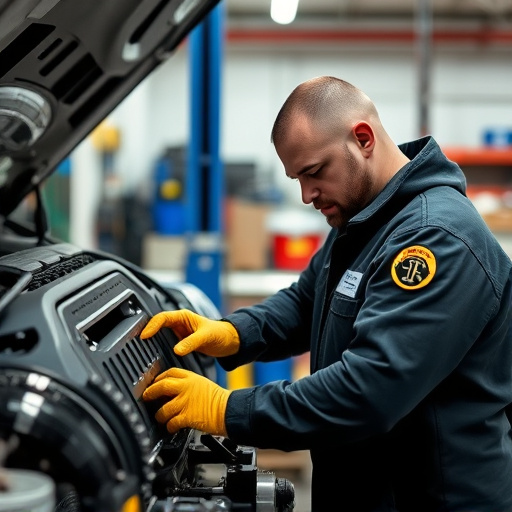
During pre-repair Tesla scanning, a comprehensive array of data is captured to provide an accurate picture of the vehicle’s condition before any work begins. This process involves advanced diagnostics that go beyond basic visual inspections. Sensors and specialized tools record detailed information about various systems, including the electrical, mechanical, and structural components. For instance, in case of a fender repair, the scanner can detect pre-existing damage, identify misalignments, and even pinpoint areas of potential future weakness or failure.
The logged data includes specific details such as component specifications, system performance metrics, and historical maintenance records. This information is crucial for Tesla repair shops, enabling them to offer tailored solutions and precise estimates. Moreover, auto maintenance enthusiasts find these scans invaluable, as they can help predict potential issues and schedule proactive auto maintenance routines, thereby extending the lifespan of their vehicles.
Flagging Critical Issues for Efficient Tesla Repairs

When it comes to Tesla repair scanning, identifying critical issues is paramount for efficient vehicle restoration. Advanced diagnostic tools used in Tesla scanning don’t just detect problems; they pinpoint potential safety hazards and performance bottlenecks. This allows fleet repair services and auto maintenance specialists to prioritize repairs, ensuring that every dollar spent on maintenance translates into longer-lasting vehicles.
By flagging significant issues like faulty power electronics, battery anomalies, or software glitches, service technicians can focus their efforts where it matters most. This proactive approach not only streamlines the repair process but also enhances vehicle reliability, contributing to safer and smoother driving experiences for Tesla owners.
Tesla repair scanning, particularly pre-repair scans, plays a pivotal role in ensuring efficient and effective vehicle maintenance. By capturing detailed data and flagging critical issues, repair shops can streamline the diagnostic process, reduce repair times, and enhance customer satisfaction. This methodical approach to Tesla repairs not only benefits service centers but also owners by promoting faster turnarounds and more accurate fixes.

